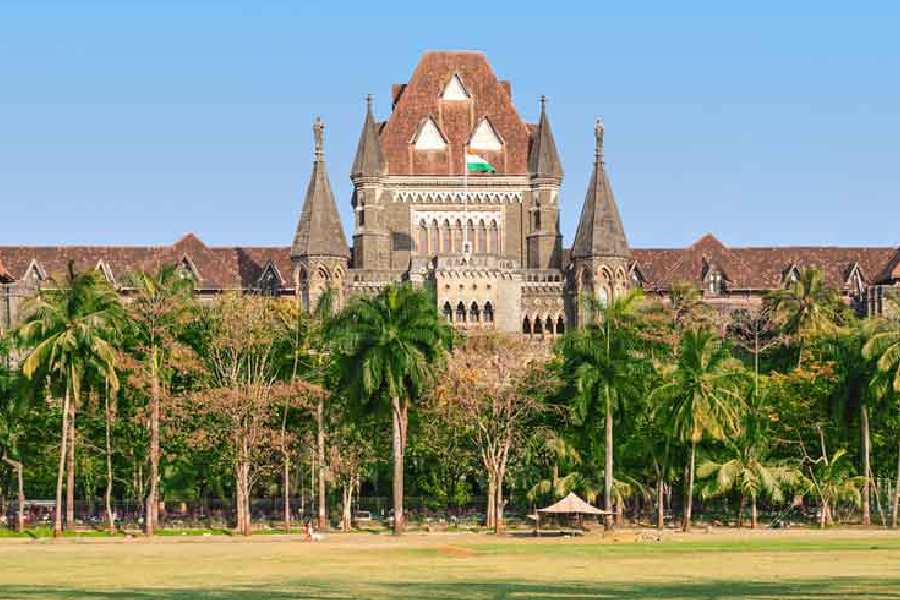 |
| Yoga is more than just asanas |
Vedas, the colossal database of knowledge in general and sciences in particular, has given us two sister sciences — ayurveda and yoga — to deal with health and disease of body and mind respectively. Aatman (the soul or the spirit) is the vital entity that never gets distorted. Health and disease are states of existence for mind and body alone, so the domain of any medical science is limited to the treatment of either the mind or body or both, but never anything beyond it.
The twin medical systems of ayurveda and yoga focus on health and disease affecting body, mind and speech (speech is considered here because it is the outcome of the finest co-ordination between physical body, state of mind, respiration, thought processes, memory and vocabulary).
Health with respect to body, mind and speech can be achieved when there is purity in thought, deed and word. To understand what purity is, we need to access the tenets of the above mentioned sciences.
Yoga is an octopartite science, meaning the structure of yoga is based on ashtaanga maarga consisting of yama, niyama, asana, pranayama, pratyaahara, dhaarana, dhyaana and samaadhi, which takes us from the simplest to the most complex and finally the ultimate realisation. Step one in the path of yoga is following of the yama (self restraint, self mastery) and niyama (observances). Yama and niyama each consist of five aspects:
Ahimsaa: Non-violence towards any being in word, deed or thought
Satyam: Honesty and truthfulness
Asteyam: Avoiding the desire to possess what is not rightfully yours
Brahmacharya: Self control in word, deed and thought
Aparigraha: Selfless service
Saucha: Purity of body, mind and speech
Santosha: Contentment and peacefulness
Tapas: Self-discipline, endurance and focussed effort to achieve good
Swaadhyaaya: Introspection and spiritual study
Ishwarapranidhaana: Dedicate all your achievements to the Almighty.
To follow one or all the aspects of yama and niyama is not as simple or as easy as it sounds, but it is a lifetime’s commitment and one has to live it. Situations involving the dualities of life like pleasure or pain, happiness or sorrow, heat and cold, love and hatred become trivial when one is living the way of yoga.
Till a few generations ago, traditional and household wisdom in India was based on lines of ashtaanga maarga of yoga and people followed to a great extent these principles with or without associating them with their source. The influence of time has lead to the dilution of values perfected over thousands of years and the sorry state is that we are seeking solace in chemicals for our psychological disturbances and deceive ourselves by sleeping a little longer.
Apart from some dedicated institutions and schools, today, unfortunately, the world has identified the super-science yoga with mere postural correction and flexibility (yoga asana). Asana is meant to condition you for long hours of meditation and give a platform to empower yourself in all spheres of existence — body, mind and spirit by following the advanced aspects — pranayama, pratyahaara, dharana, dhyana and samadhi.
Asana is the most expressive form of contemporary yoga, but people’s understanding of this great science should grow beyond it.
Reach CM Pradyumna, ayurvedacharya and director of medicine, The Vedic Village, at t2@abpmail.com










